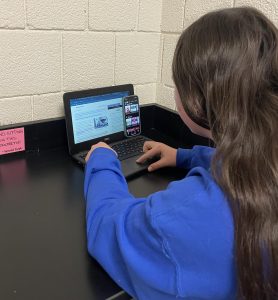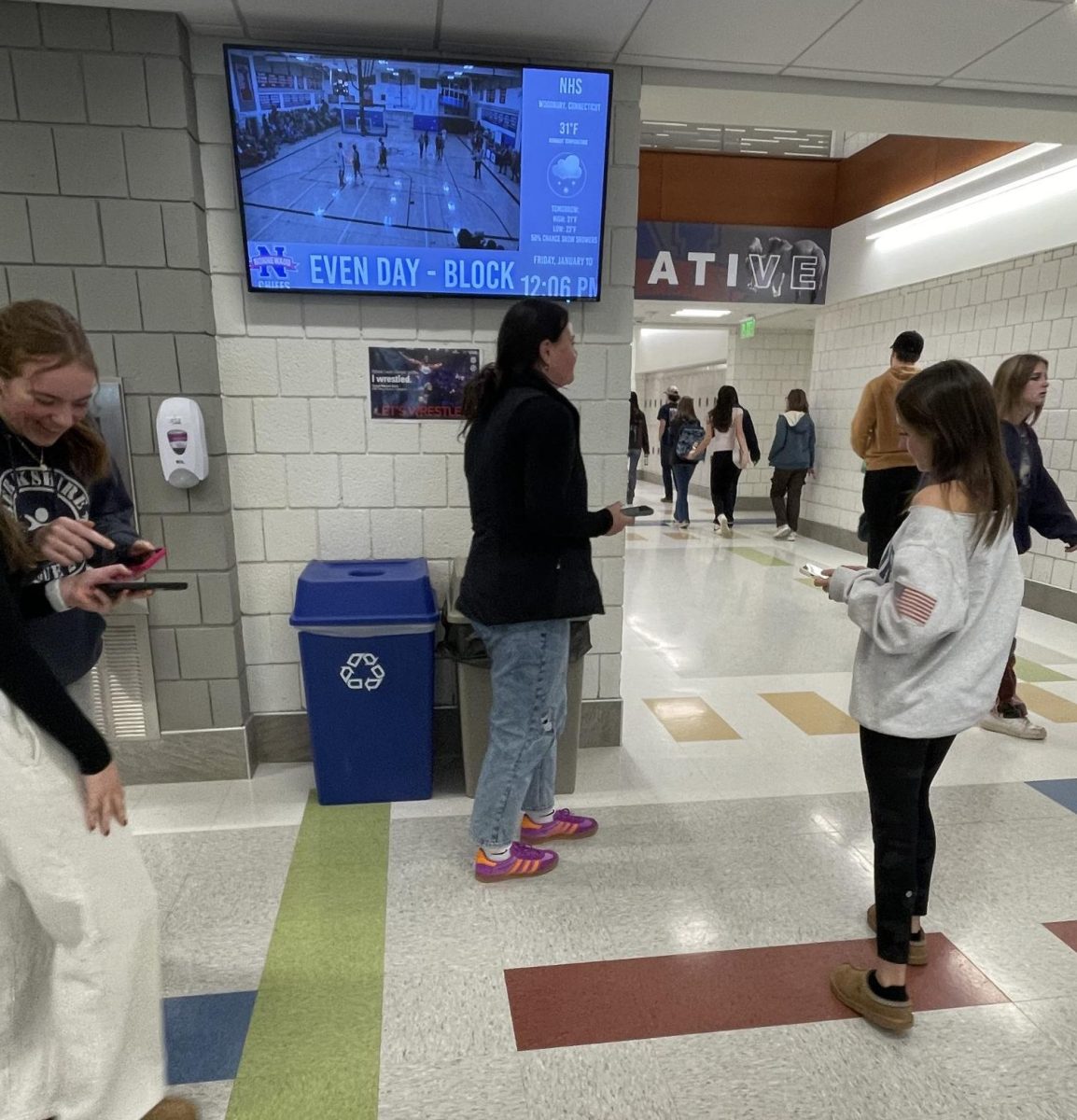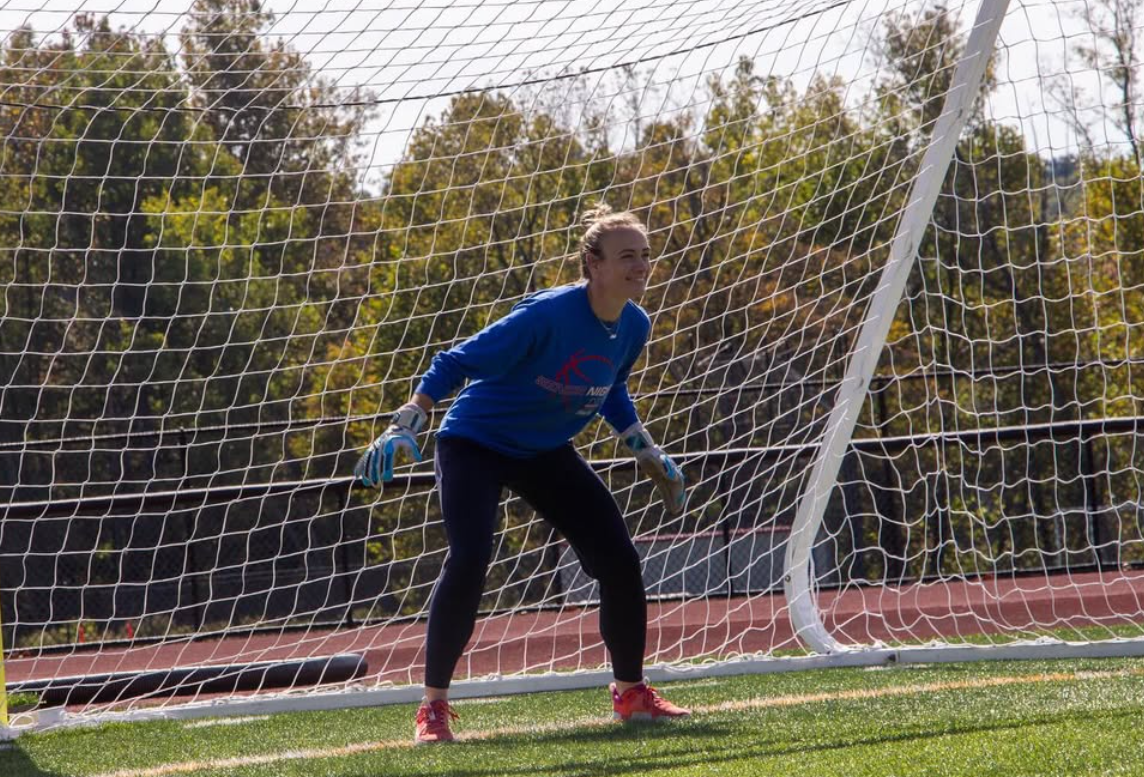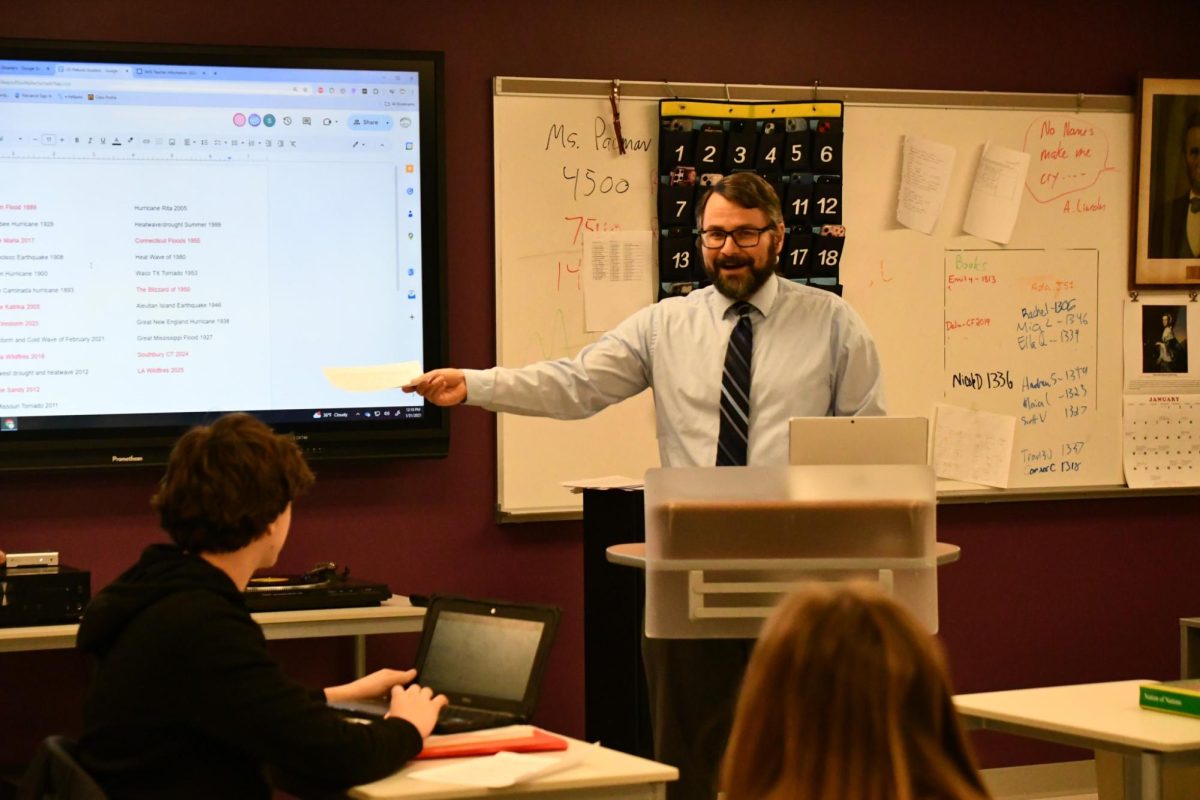WOODBURY — Whether it can fit in the palm of your hand or hang on the wall, digital screens are everywhere.
When visiting the average classroom, one immediately sees iPhones, touch-screen boards, Chromebooks, and tablets. Technology has evolved more than ever and it’s nothing short of omnipresent in the educational world. At home and at school, technology is within the reach of anyone at any time.
According to the American University’s School of Education, 59% of middle school students say digital educational tools have helped them with their grades and test scores. Teachers commonly assign classwork or projects via computer.
Many teachers have increasingly upped their amount of technology in the past couple of years as screens have continued their encroach on modern life. Between COVID-19 and the overall advancement of technology, it’s not hard to find it in every classroom — even here at Nonnewaug.
“COVID kind of made us make the switch to a purely Google classroom,” said Toby Denman, a science instructor and science department chair at Nonnewaug High School. “I’ve just kind of stayed with it, but I do miss and also value kids having to write things down and draw pictures.”
The practicality of technology has grown so much throughout the years that it’s too convenient to neglect. Here at NHS, technology is part of daily lessons and integral to student success.
Electronics have become so popular that the educational technology market is projected to expand to $342 billion by the end of 2025, according to the World Economic Forum.
“Ultimately, computers can definitely rock our world,” said Katie Blake, NHS’ video design instructor. “As you’re looking around, my classroom screens are all around. Though in video design, students use experiences that they learned through Minecraft education.”
Many people and students set goals for themselves, trying to stay away from screen time. But is it even possible to get away from screen time? Can you truly escape technology in our society?
Even after a school day rooted in technology and digital screens, NHS students are immersed in digital content. After seven hours of school work mainly on the computer, students mainly turn to “doom scrolling”, the act of consuming large quantities of negative news, as soon as they get home.

“I think screen time could negatively affect students,” said NHS freshman Tatum Kociszewski. “I feel like if we take advantage of our screen time and use it in a bad way. People watch TikTok for like six hours and it can affect you in your studies.”
As students get home, they are expected to do homework, and as many do so, there is a tempting leash on them at which their phones are constantly tugging.
At home students are encouraged to further embrace their screens for reinforced practice on SAT-based skills, concept practice in math and science, and close reading practice for English and history.
“In a lot of my classes, we use IXL and CommonLit,” said NHS freshman Lila Farrelly. “It helps me get better at our learning skills. It helps bring the test scores up for everyone in the school.”
Despite the growing reliance on screens, students and faculty are creating refreshing ways to pull back from electronic devices.
“We live in a world where people are constantly using screens,” said NHS science instructor Joshua Kornblut. “I think it is really important to get students off of their screens as much as possible, so they’re not just staring at a Chromebook all day. Science lends itself well to that where we have many opportunities to do different assignments.”
For students, this change, a welcome reprieve from screens, is a welcome sight.
“I appreciate that Mr. Kornblut doesn’t make us use Chromebooks a lot,” said Kociszewski. “He knows that it can be overwhelming sometimes.”











